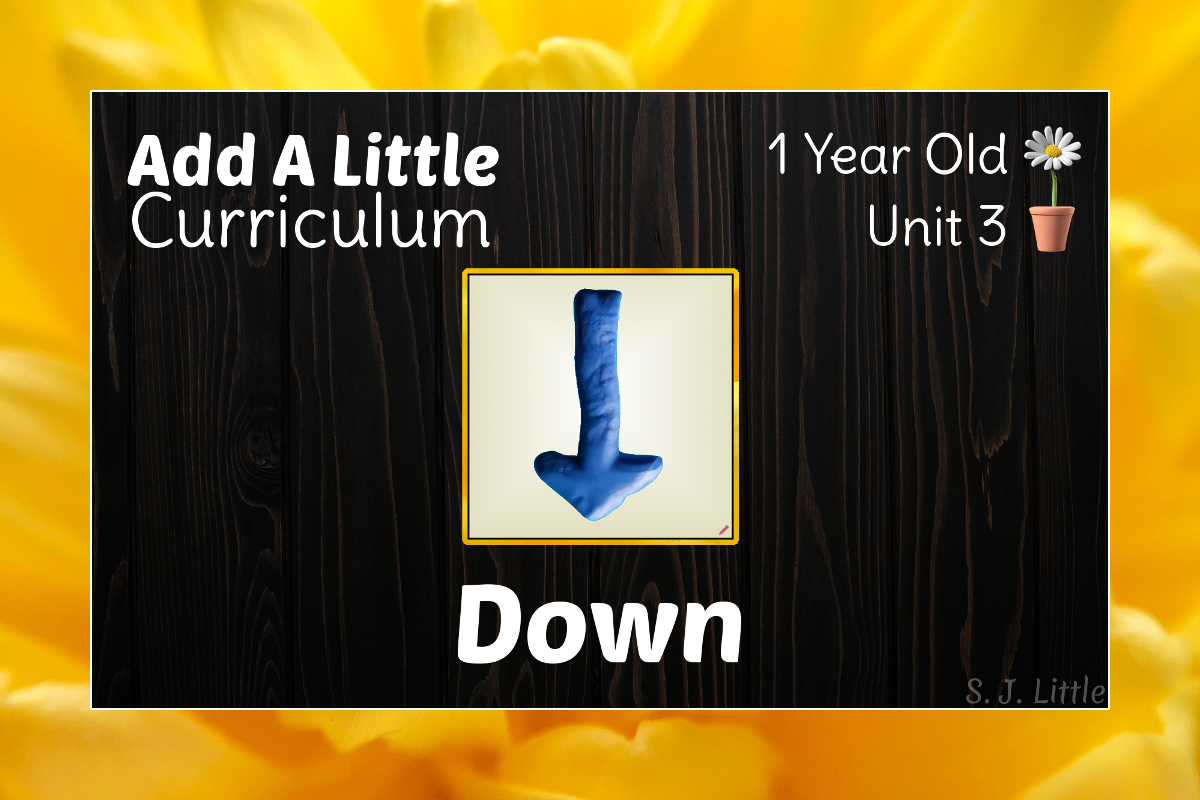
Add A Little – 1 Year Old Curriculum – Unit 3
Down
Vocabulary: Down, Under, Tunnel, Through
Disclaimer: All activities require adult supervision and discretion. Read more…
Want to learn more about Add A Little Curriculum? Check out the Parent / Teacher Guide
Let’s Wiggle
Tube Drop
Supplies:
- Empty paper towel roll (or toilet paper roll)
- Tape (or other method to attach the tube to a wall)
- 1 Container
- 3-10 Items small enough to fit through the tube
Based on your child, you might choose:
-
- Plastic spoons
- Washable markers (if your child can’t open them)
- Small socks rolled into balls
- Pompoms
- Q-tips
Caution: Items small enough to fit through a paper towel tube may be potential choking hazards. Use your discretion when choosing which items to use. If preferred, consider making a wider tube from cardboard or by combining two tubes. Then you can use larger items, such as plastic chain links, and still have just as much fun.
Prep:
- Using tape, or another method, secure the tube to an open section of wall
- Place all the items in the container
Time to Play:
- Invite your child over. Choose an item to drop through the tube. Be excited when it falls out the bottom.
- Encourage your child to try dropping an item through the tube.
Let’s Explore
Tunnel Play
Supplies:
- Materials to build a small tunnel, consider:
- Mega Bloks or other connecting blocks
- Cardboard
- Small furniture with tall enough legs for toys to go under
- 1 year old appropriate small cars or balls
Prep:
- Build a tunnel that is big enough for your cars or balls to go through and is about as long as your child’s arm
Time to Play:
- Show your child how to roll a car or ball under the tunnel. Encourage them to roll one under.
- Consider sitting on the opposite side of the tunnel from your child so you can pass the cars and balls back under the tunnel to them.
- Extend the play: If your child wants to crawl under the tunnel themselves, consider using a sturdy chair or bench as a 1 year old sized tunnel. Set it in an open area and encourage them to crawl under.
Let’s Sing
Rain is Falling Down
Let’s Read
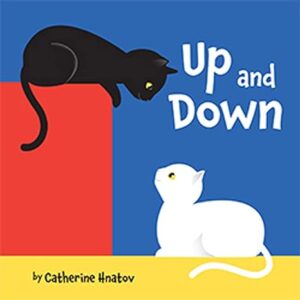
Up and Down
By: Catherine Hnatov
Also available in select other languages.



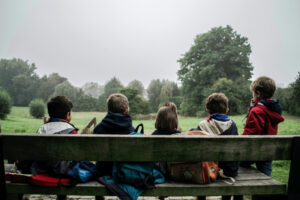
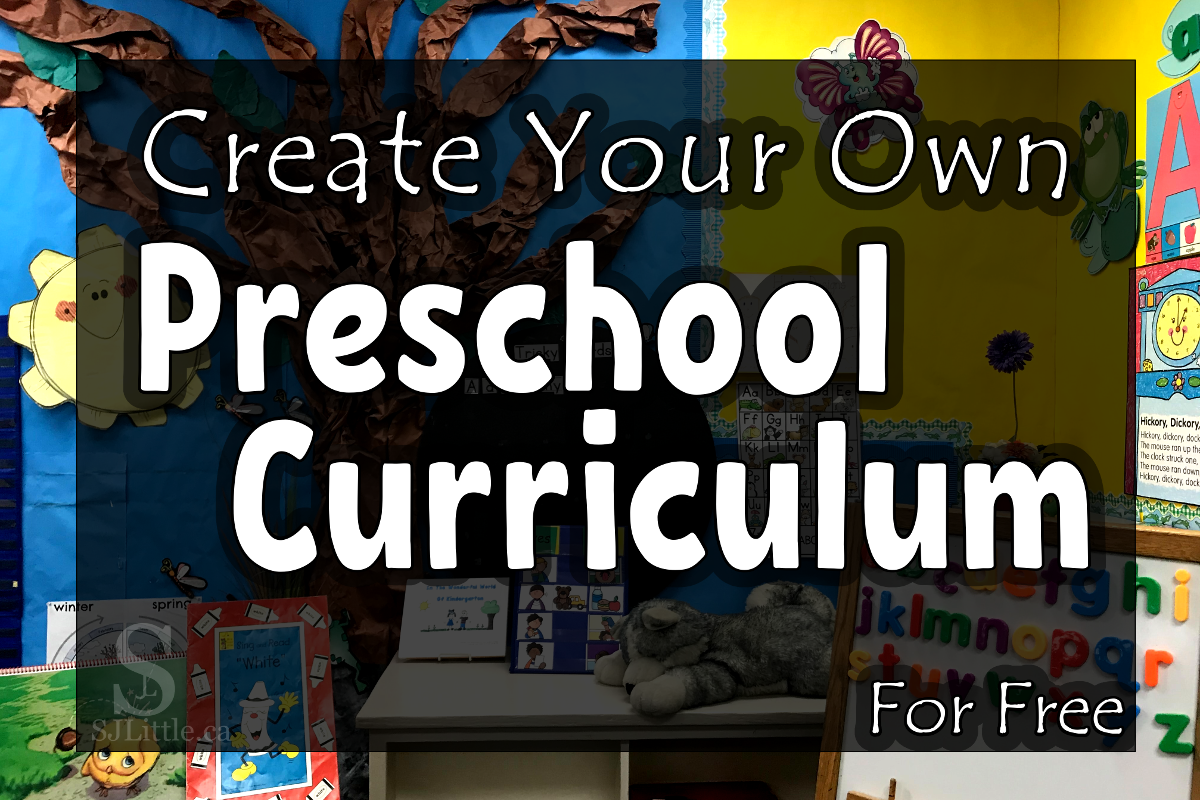
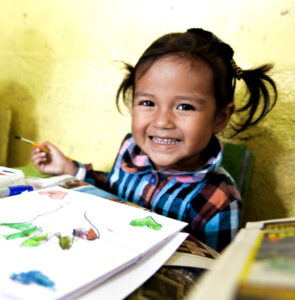
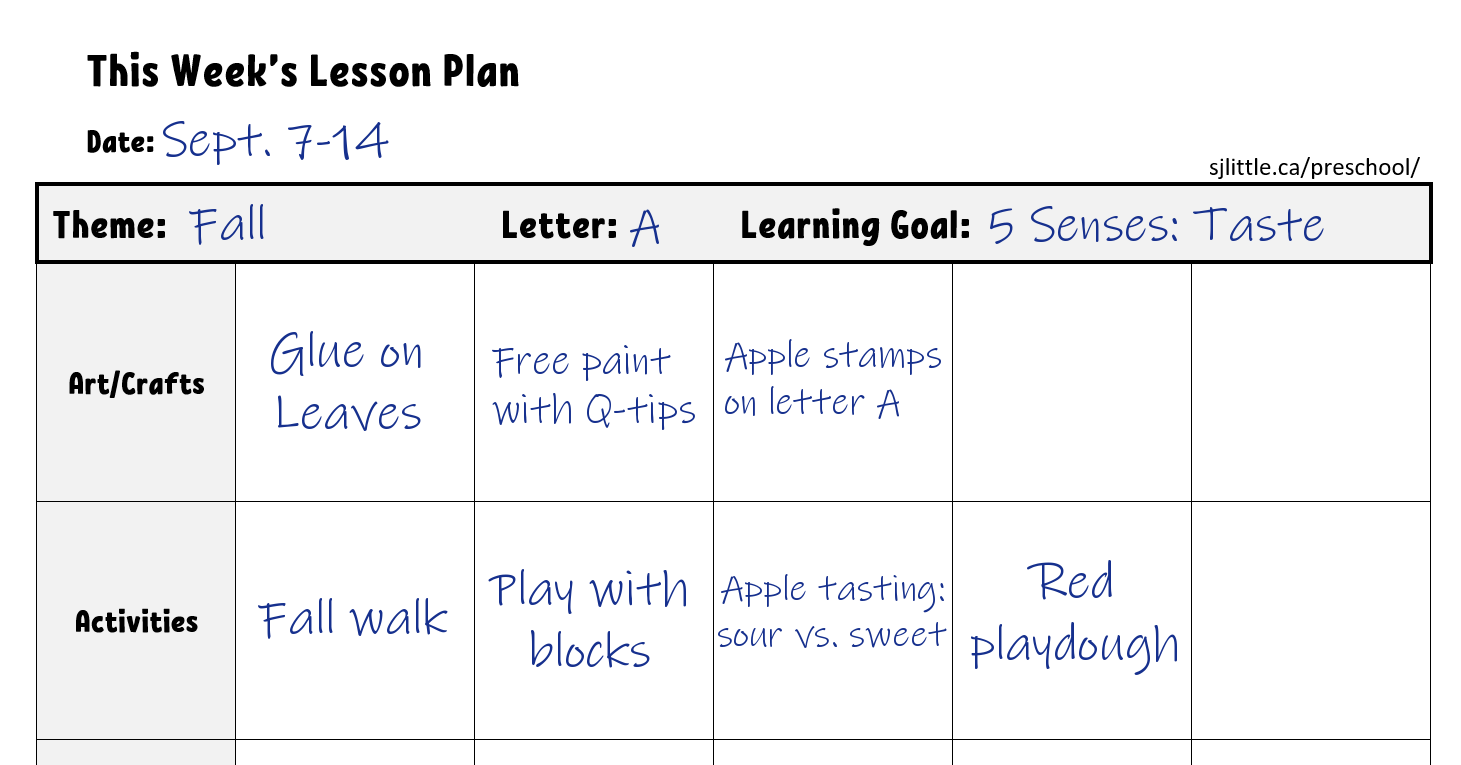
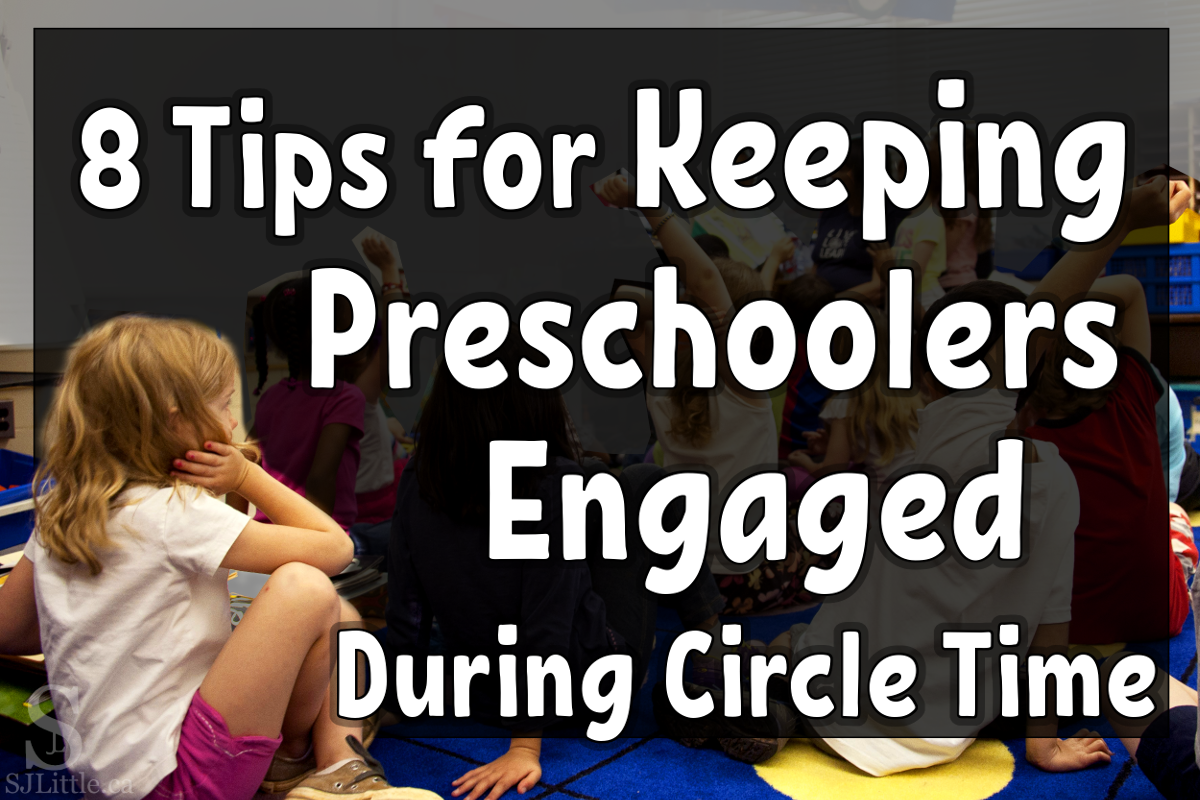
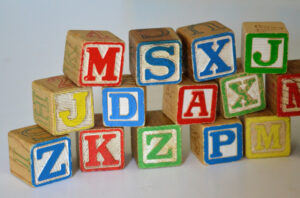

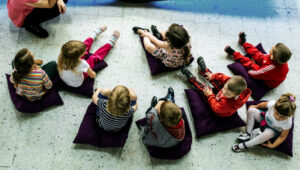
 Mastering the art of keeping preschoolers engaged and listening at circle time is a skill that takes time to be learned. Even a teacher, who has led successful and engaging circle times for years, may find him or herself needing to step back and re-evaluate when a new class isn’t responding as expected.
Mastering the art of keeping preschoolers engaged and listening at circle time is a skill that takes time to be learned. Even a teacher, who has led successful and engaging circle times for years, may find him or herself needing to step back and re-evaluate when a new class isn’t responding as expected.